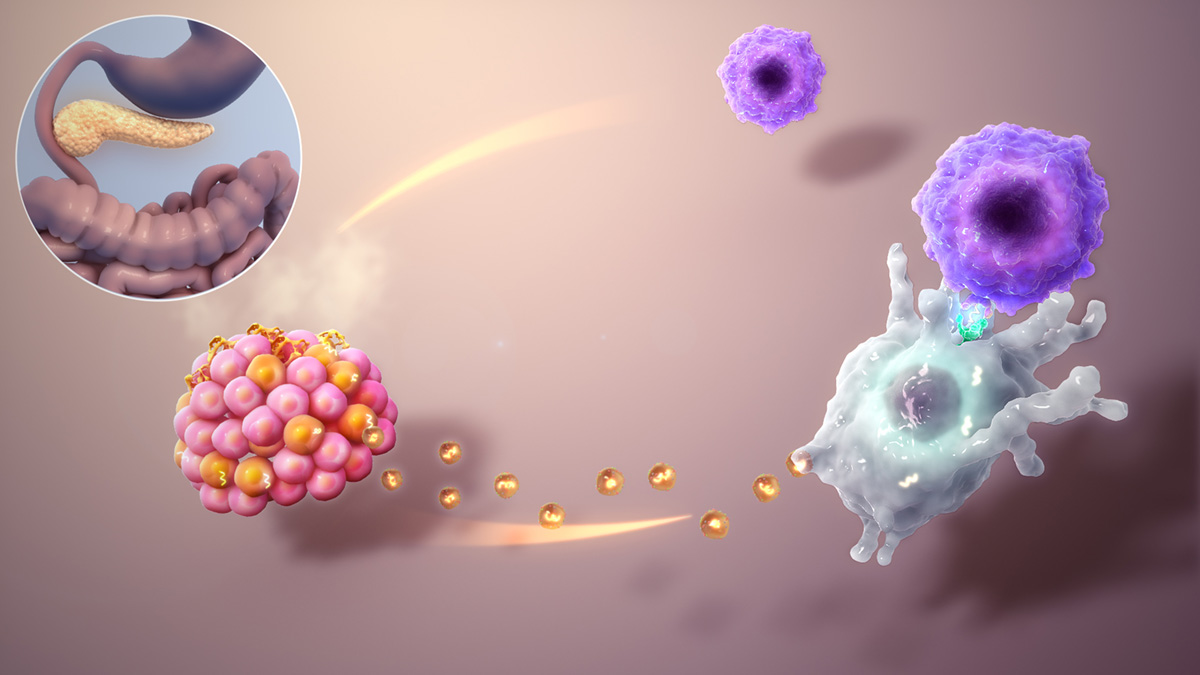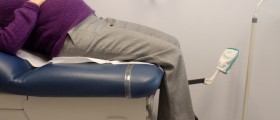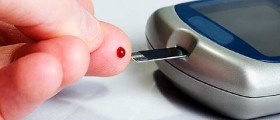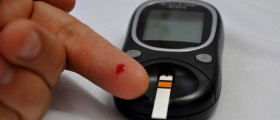
Diabetes insipidus
Diabetes insipidus is the name for the state featured by excessive thirst and by polyruia, which is the emission of excessive amounts of urine. The urine, instead of being of yellow color, is usually pale or colorless and watery. Diabetes insipidus, sometimes called water diabetes, is not associated with diabetes mellitus, which is also named as sugar diabetes. Diabetes insipidus has its most frequent symptoms, such as the extreme thirst and the excretion of a large amount of diluted urine. While suffering from this condition, many people may have nocturia or bed-wetting also called enuresis. In children, fever, diarrhea, sickness, weight loss and delayed growth, as well as dry skin with cold extremities, are very common symptoms that accompany diabetes insipidus.
Diabetes insipidus can be divided into the four classes: central diabetes insipidus, nephrogenic diabetes insipidus, gestational diabetes insipidus and dipsogenic diabetes insipidus. All these types have different causes, and therefore, each of them requires a different treatment.
Causes of diabetes insipidus
Central diabetes insipidus is the type of diabetes mellitus that most frequently appears. It is also called pituitary diabetes insipidus and neurogenic diabetes insipidus and it is caused by a deficiency of a hormone celled vasopressin that has the role to increase the concentration of urine and thus decrease the urine output. This hormone is produced in pituitary gland. If the pituitary gland is not healthy, it reduces the production of vasopressin. Central diabetes insipidus is not curable but can be treated with different drugs together with a modified from of vasopressin known as desmopressin.
Nephrogenic diabetes insipidus appears when there is a fault in the kidneys structures, which has the role to force the water to be reabsorbed or excreted. Because of that, the kidneys cannot properly react to the antidiuretic effect of normal amounts of vasopressin. This type of diabetes insipidus may be inherited, but also caused by certain medicines, such as lithium and tetracycline. If a deficiency of vasopressin occurs while a woman is pregnant, gestational or gestagenic diabetes insipidus may develop. This type of diabetes insipidus can be treated and the symptoms usually disappear a short time after the delivery.
Dipsogenic diabetes insipidus appears when the excessive intake of fluids suppresses vasopressin, which occurs because there is primary polydipsia and refers to a certain defect in the part of the brain that regulates thirst. This type of diabetes insipidus cannot be treated because the underlying abnormality in thirst must be treated first.

















Your thoughts on this
Loading...